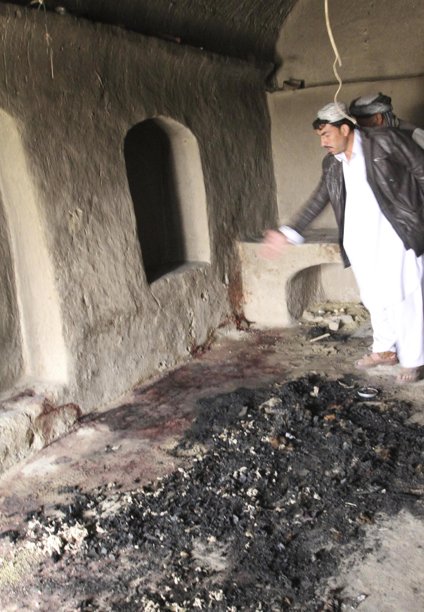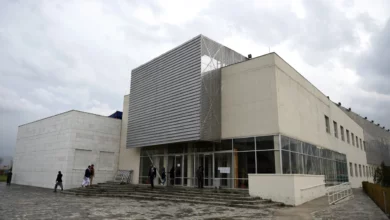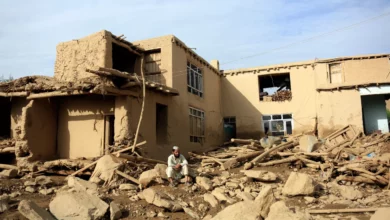
Traumatized residents were slowly returning to Kunduz Wednesday after the Taliban announced their formal withdrawal from the northern Afghan city, but fears of a comeback by the militants loomed large even as normal life began to resume.
Electricity and running water was partially restored, according to residents and officials, while some shops re-opened for business two weeks after the provincial capital fell to a lightning Taliban assault, their biggest military victory since 2001.
But the scars of street battles remained clearly evident in bullet-riddled and shelled buildings, with the insurgents claiming their retreat was tactical and they still had the ability to retake the city.
"Security forces are asking people to come back, but the people are still afraid, they are scared that situation might change again," said resident Ajmal Kakar.
"Only a small number of people who did not have a place to stay outside the city have returned to their homes," he added.
Amruddin Wali, the deputy head of the provincial council, was slighty more optimistic.
"Life has returned to normal. Shops are open, people are back to business," he said, though he conceded: "People are still afraid the fighting might resume."
Television footage showed troops patrolling the streets and removing the white-and-black flags of the Taliban from government buildings, as a slow stream of heavily-loaded pick-up trucks rumbled in to the city.
The insurgents burned down government buildings, gunned down opponents and freed hundreds of prisoners during their three-day occupation.
They also stand accused of human rights violations, including mass murder and rape, according to Amnesty International.
Naveed, a 23-year-old student who gave only his first name, said he and his family had locked themselves indoors for the first three days of the Taliban's occupation at the end of last month, before escaping in their car.
"We were trapped in the city, but I ventured out once and saw Taliban fighters. They were young fighters, who spoke Farsi and Pashto but did not have turbans. They were asking for people who were working for the government to surrender."
Unprecedented push
The fall of Kunduz on September 28 was a stinging blow to Western-trained Afghan forces, who have largely been fighting on their own since the end of NATO's combat mission in December.
As the insurgency spreads, concerns are mounting that the city's seizure was merely the opening gambit in a new, bolder strategy to tighten the Taliban's grip across Afghanistan.
Around 2,000 Taliban insurgents threatened to storm Ghazni on Monday, triggering fierce clashes near the outskirts of the southeastern city.
And last week the militants attempted to overrun Maimana, the capital of northern Faryab province.
Afghanistan's deputy army chief General Murad Ali Murad said Wednesday his forces had pushed back the Taliban in Kunduz province.
"Chahardara district was the main Taliban base in Kunduz province. Our forces last night conducted an operation and took control of the district," he told a news conference.
"We will follow the Taliban into the end of Kunduz," he added.
The NATO coalition meanwhile said Tuesday that US and Afghan forces carried out one of their largest joint operations in southern Kandahar province, dismantling a major Al-Qaeda sanctuary in the Taliban's historic heartland.
The news came after a series of setbacks, including a US air strike on October 3 on a hospital in Kunduz run by Doctors Without Borders (MSF) that killed at least 12 staff and 10 patients.
MSF said Wednesday that an international fact-finding commission it had called on to probe the strike had sent letters to the US and Afghan governments seeking their agreement for it to launch an investigation.




